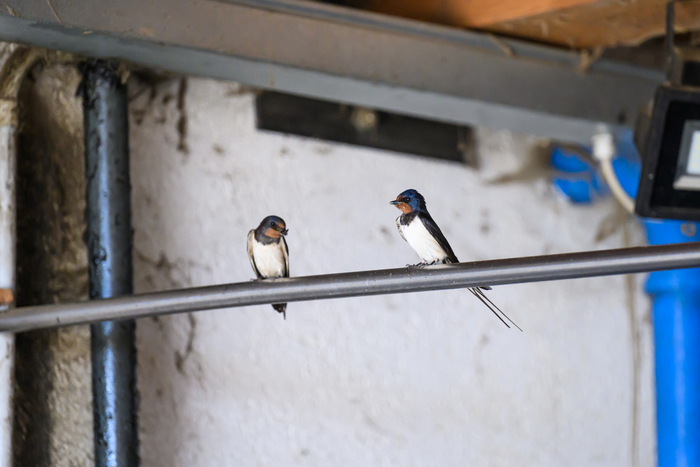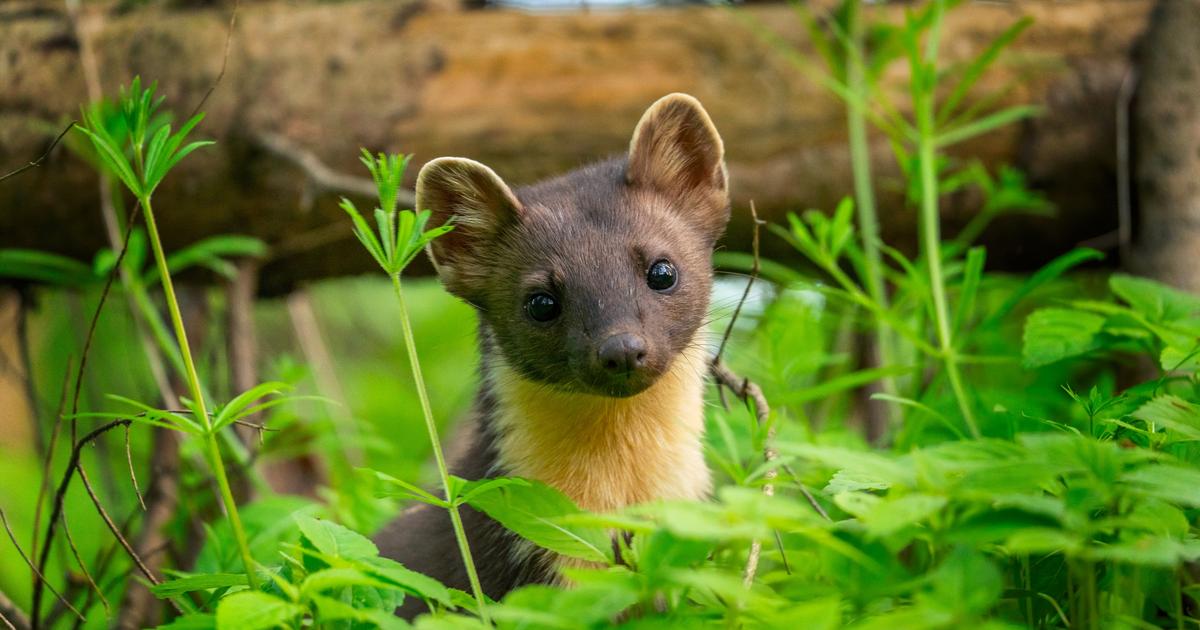Three years ago, the National Museum of Natural History (MNHN) and the CNRS were alarmed at a decline to "a level close to ecological disaster".
The state of bird populations in France has not improved since.
Worse, according to the report drawn up by amateur ornithologists of the STOC network (temporal monitoring of common birds) and the summary of their observations made in thirty years, the observation is "relentless in terms of the decline of bird populations", denounces Bruno David , president of the MNHN.
Read also Birds in danger: wild garden, nesting box ... 5 ideas to help them
From 1989 to 2019, from the 123 most common bird species observed in France, a little more than a third gradually disappears: “36% of the species assessed are in decline
(Editor's note: 43% since 2001)
, notes Caroline Moussy, responsible for the network of observers of the League for the Protection of Birds (LPO), of which many common species, 35% are stable
(Editor's note: 42% since 2001)
but remain relatively fragile, and 26%
(Editor's note: 31% since 2001)
are increasing. »Among the latter, generalist or forest species or even emblematic species such as the white stork.
In town, over the period 2001-2019, swallows (-23.3%) and sparrows (-60.2%) are particularly concerned while, at the same time, wood pigeons (+ 100.1%) swarm. "The former are
specialist
species
which need very specific conditions to nest, explains Benoît Fontaine, biologist at MNHN.
Swallows, which historically nested in cliff rocks, had found alternative habitats under roofs or in cavities in ancient walls.
The latter disappear with the facades renovations and an architecture that promotes uniformity: 80% of the insects on which they feed have also disappeared.
Conversely, pigeons are a generalist species, able to adapt to all environments.
They are as comfortable in town as in mountain forests.
"
Pesticides singled out
In the countryside, the situation is no better, if not worse. The skylark and partridges have thus lost nearly a third of their numbers in thirty years. "The intensive agricultural model developed after the war and encouraged by the CAP is largely responsible for having destroyed or transformed their habitats and for having massively disseminated chemicals, including pesticides", accuse environmental protection associations and bird protection. The LPO, the MNHN and the OFB (French Biodiversity Office) call for an end to the “massive and unreasonable use of pesticides” and, at the same time, “effective support for agroecology”.






/cloudfront-eu-central-1.images.arcpublishing.com/prisa/2QNGIEEKTFGRXYFY7DZOTWJJAI.jpg)








/cloudfront-eu-central-1.images.arcpublishing.com/prisa/IGZ7GOCXZ5GUPAQ2HWGK6Z76BU.jpg)